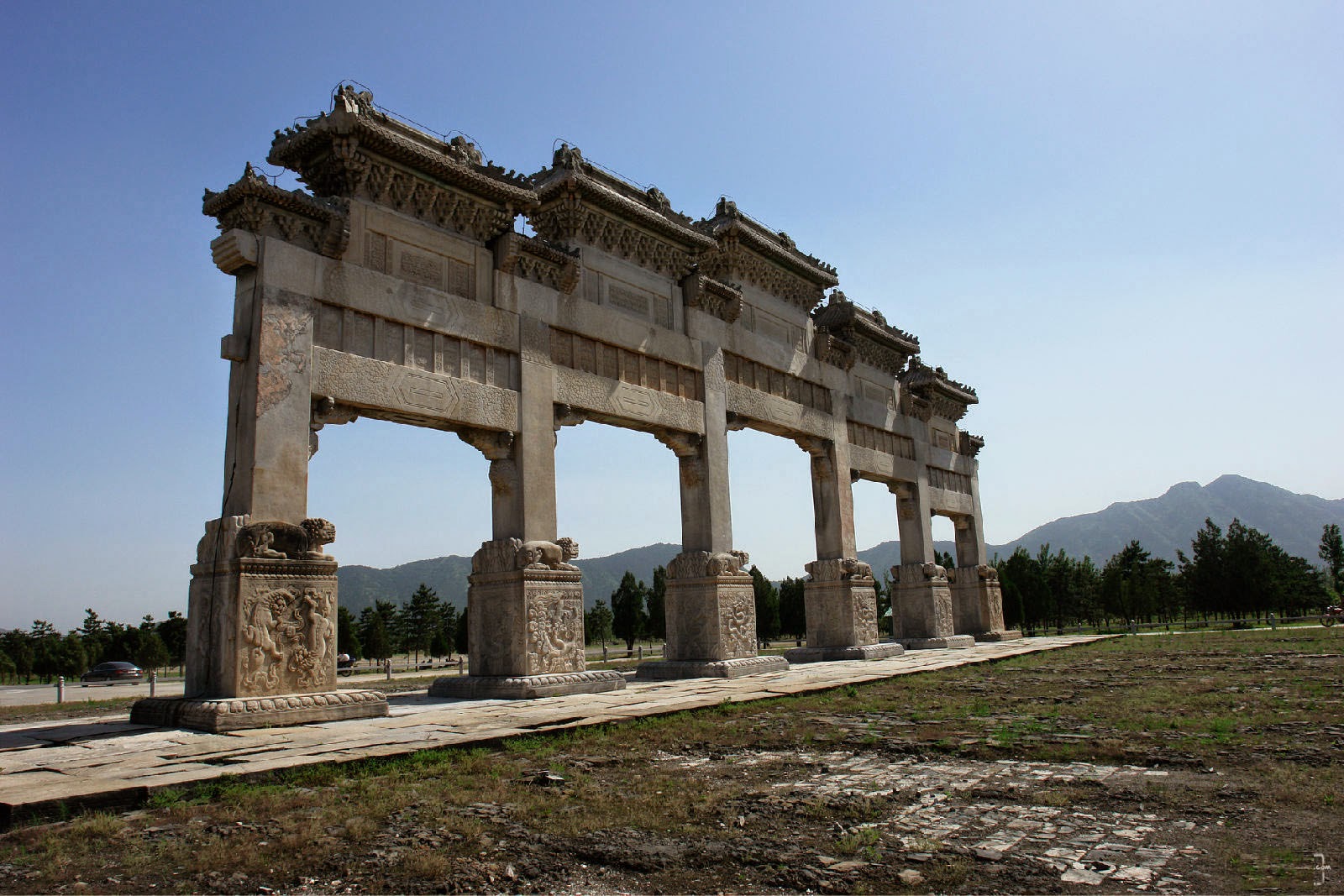There are one
section of famous Great wall and a Gateway named Xifengkou in Qianxi County , Hebei Qianxi
County
The present name,
which means "Peak of happiness," has developed from an earlier one
which means "Site for a Happy Reunion". Legend has it that a young
man yearned to see his father, who had gone to build the Great Wall. He
traveled a long distance and finally found his father working at this site.
Overjoyed after a separation of years, both father and son died on the spot.
Owing to its
position at the joint place of Nuan
River Xifeng
City
In terms of
military considerations, Xifengkou Great Wall is divided into two parts: Guan
Cheng (frontier pass city) and a citadel. Guan Cheng is the pass where it is
said one solider could guard against ten thousand invaders. It is the most
concentrated stronghold along the defense line of the Great Wall. The
architectural structure of Guan Cheng in Xifengkou is peculiar in that the
three Guan Cheng are linked together by an array of strong stone walls.The
strongly fortified walls together with the watch towers strengthen the
defensive capability of the Xifengkou Great Wall.
Now, due to the
construction of the Panjiakou Reservoir, the main part of the wall has been
submerged by the rising water but it is still dimly visible, which makes it a
unique sight. Look down at the Xifengkou Great Wall from the top of the
mountain and you will see that it looks like a giant dragon zigzagging through
the water.
For more information, please visit http://top-chinatour.com
For more information, please visit http://top-chinatour.com













































